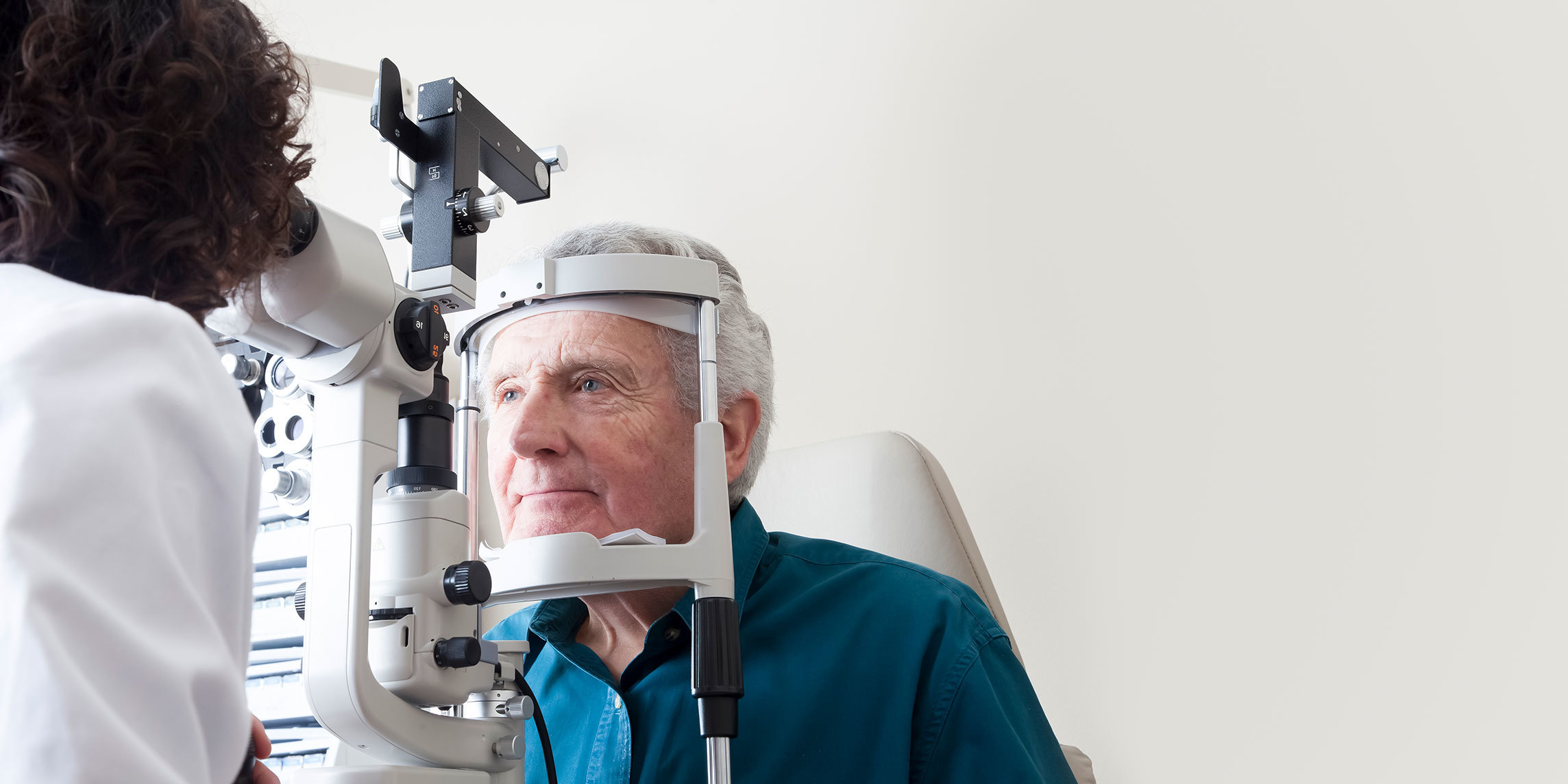About Dry Eye Syndrome and Blepharitis
Dry eye syndrome involves a dysfunctional tear film in which there is either an insufficient number of tears being produced to adequately lubricate the eye surface or the eye surface is experiencing increased evaporation of tears.
Three components of a normal tear film:
- Lipid component—maintains tears on the surface of the eye and reduces tear evaporation
- Aqueous component—responsible for tear spreading
- Mucous component—holds the tear film to the eye and coats the cornea to allow even distribution of tears
Each component is important in maintaining a healthy, lubricated ocular surface. A problem with any of these components may result in tear instability, inflammation, and dry eyes. 86% of patients with dry eye syndrome experience blepharitis, or inflammation of the eyelids. While dry eye syndrome affects approximately 16.4 million adults in the United States, blepharitis affects approximately 82 million people in the United States. These conditions may cause complications if not treated appropriately.
Complications related to dry eye syndrome and blepharitis may include:
- Damage to the surface of your eyes—if left untreated, dry eyes may lead to eye inflammation, corneal ulcers, abrasions of the corneal surface, and vision loss
- Decreased quality of life—discomfort may make it difficult to perform everyday activities
An ophthalmologist can diagnose dry eye syndrome and blepharitis as well as recommend lifestyle changes and medical treatment to control each condition.
Types of Dry Eye Syndrome
There are two main types of dry eye syndrome, which may present in isolation or occur simultaneously. Blepharitis can be divided anatomically into anterior and posterior blepharitis.
Types of dry eye syndrome include:
- Aqueous deficiency occurs when the lacrimal glands do not produce enough of the watery (or aqueous) component of tears.
- Meibomian gland dysfunction (MGD), also known as evaporative dry eye, occurs when there is a deficiency in the oily layer of the tear film, whereby there is increased evaporation of tears. MGD affects 65% of dry eye patients.
Types of blepharitis include:
- Anterior blepharitis: Inflammation of the outside edge of the eyelid where the eyelashes attach, commonly caused by excess bacteria or dandruff of the scalp and eyebrows that results in infection
- Posterior blepharitis: Inflammation of the inner edge of the eyelid that touches the eye surface, occurs when the oil glands near the base of the eyelids become clogged or irregularly produce oil, creating a favorable environment for bacteria growth
Symptoms of Dry Eye Syndrome and Blepharitis
The symptoms of dry eye syndrome and blepharitis can cause discomfort and affect your vision.
Symptoms of dry eye syndrome and blepharitis may include:
- A stinging, burning, scratching, or itching sensation
- An aching sensation
- Blurred vision or eye fatigue
- Crusty material clinging to eyelids, eyelashes, or corners of the eye
- Difficulty wearing contact lenses
- Dryness sensation
- Eye redness
- Feeling of having something in your eye
- Sensitivity to light
Risk factors for Dry Eye Syndrome and Blepharitis
Certain people are at greater risk for dry eye syndrome and blepharitis. Women are more likely to be diagnosed with dry eye syndrome and blepharitis than men.
Risk factors for dry eye syndrome include:
- Age: While dry eye syndrome can affect people of all ages, it typically affects those over the age of 50.
- Comorbid conditions: Thyroid diseases, autoimmune diseases, diabetes, and menopause are associated with dry eye syndrome.
- Health history: Dry eye syndrome is more common in individuals with a history of refractive surgery or those who use medications such as antidepressants, antihistamines, or hormone-altering medications.
- Personal history: Smoking, a diet low in vitamin A, excessive computer use, and wearing contact lenses are linked to dry eye syndrome.
- Sex: Women are more likely to be diagnosed with dry eye syndrome.
Risk factors for blepharitis include:
- Comorbid conditions: Acne rosacea, seborrheic dermatitis, and diabetes are linked to blepharitis, as are contact allergies.
- Personal history: Exposure to chemical irritants, cosmetic makeup, and poor hygiene can lead to blepharitis.
- Sex: Blepharitis is more commonly diagnosed in female patients.
Treating Dry Eye Syndrome and Blepharitis at UT Health Austin
Dry eye syndrome and blepharitis may cause significant discomfort and irritation. An ophthalmologist can recommend various lifestyle and diet changes as well as prescription eye drops to improve the lubrication of the ocular surface and control symptoms.
Care Team Approach
At UT Health Austin, we take a multidisciplinary approach to your care. This means you will benefit from the expertise of multiple specialists across a variety of disciplines. Your care team will include fellowship-trained ophthalmologists, ophthalmic technicians, physician assistants, nurse practitioners, social workers, and more who work together to help you get back to the things in your life that matter most to you. We also collaborate with our colleagues at the Dell Medical School and The University of Texas at Austin to utilize the latest research, diagnostic, and treatment techniques, allowing us to identify new therapies to improve treatment outcomes. We are committed to communicating and coordinating your care with your other healthcare providers to ensure that we are providing you with comprehensive, whole-person care.
Learn More About Your Care Team

Mitchel and Shannon Wong Eye Institute
Health Transformation Building, 1st Floor
1601 Trinity Street, Bldg. A, Austin, Texas 78712
1-833-UT-CARES (1-833-882-2737)
Get Directions